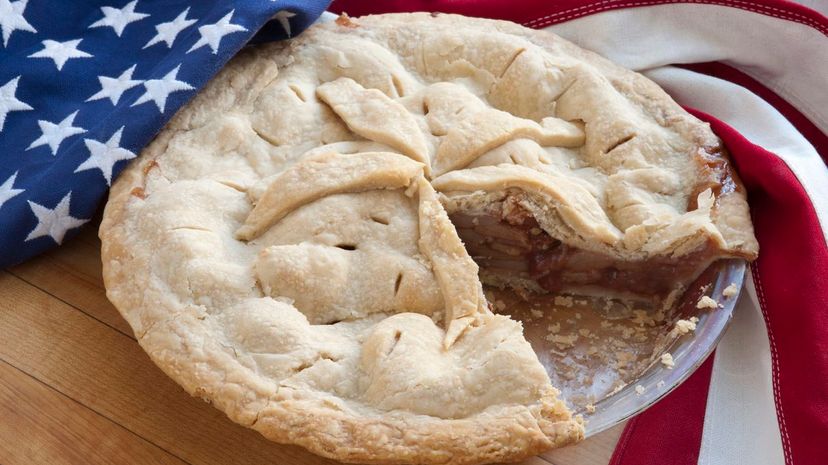
About This Quiz
Americans have borrowed a lot of traditions from other places, and other places have borrowed a lot from America! From the Thanksgiving wishbone to the White House tree lighting, there are some traditions that no one else can touch. During this quiz, we're going to tell you the truth, and we're also going to tell you a lie! Will you be able to figure out where we've gone off the rails?
Would you believe us if we told you that the groundhog who predicts the weather is named Punxsutawney Bill? Or are you more likely to believe that Black Friday's name came from the 1800s? You'll need to read our questions carefully to make it through all of the lies we're telling. Any real fan of the United States should do just fine, though. We're good at spinning a tall tale, but are we good enough to fool someone who loves America as much as you do?
As you go through each set of facts, don't trust your human polygraph skills - stick to what you know! Even the slightest twist of a phrase could take you off your American Dream of success. But you won't let that happen, will you?
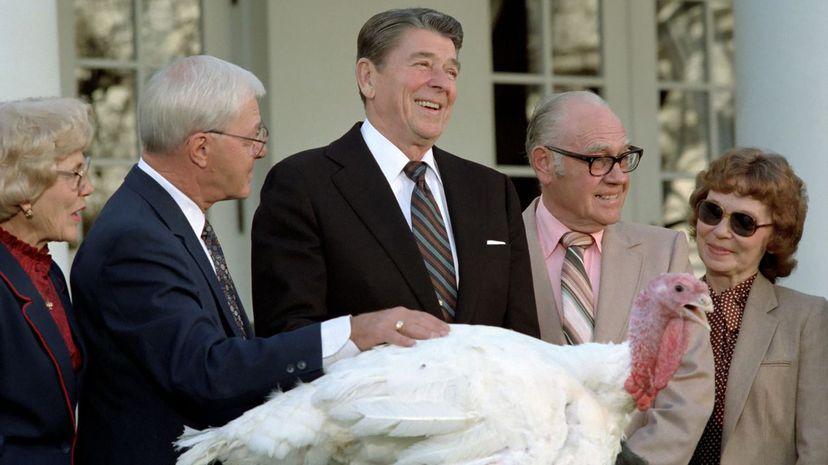
Every year since the 1870s, one lucky turkey has been spared from the Thanksgiving Day table. Not popularized until George Bush made a media event out of it in 1989, it's now one of America's favorite presidential traditions.

There are other countries that practice tipping, but Americans tip more than anyone in the world. While leaving a gratuity that totals 15% of the bill is customary for servers, you are free to tip any amount. On average, women tip 3% more than men.
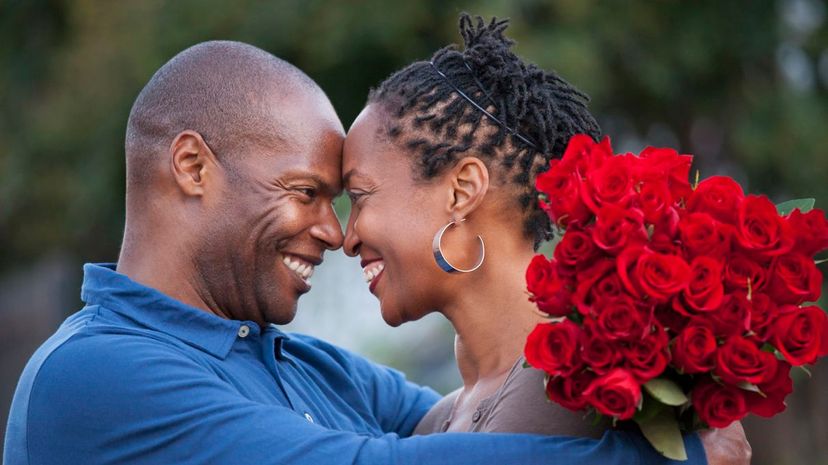
On Feb. 14, Americans exchange tokens of love like chocolate, cards and intimate apparel. Although it's a widely celebrated day and a commercial powerhouse, it's not an official holiday. Citizens still have to go to work.
Advertisement
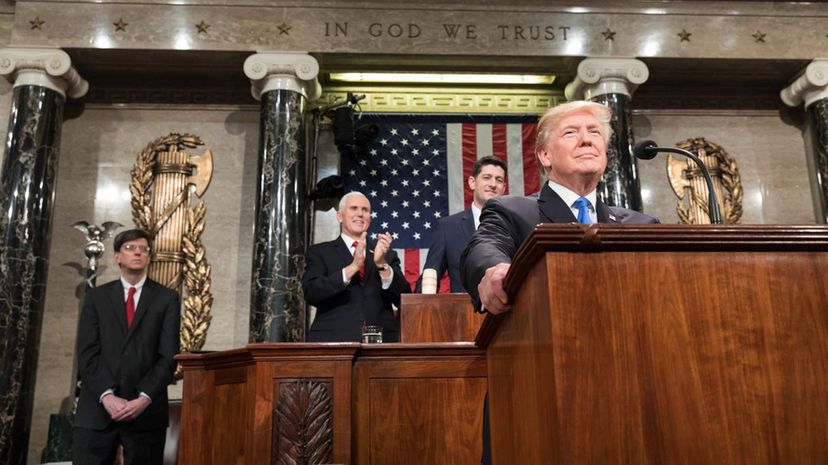
Presidents are required by the Constitution to deliver a State of the Union Address every year. While presidents once composed the speech themselves, a team of writers and advisors now does the job.
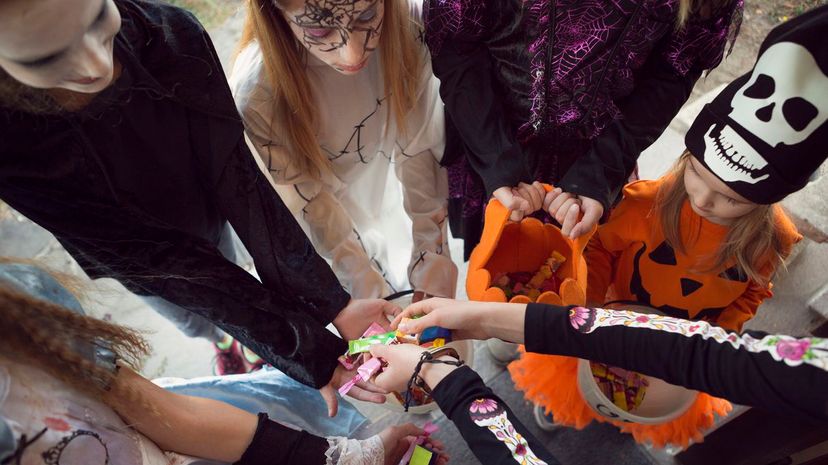
Halloween is celebrated in many places around the world, but it's a huge deal in the United States. On average, Americans spend around $86 per person every year for the costumes and candy that make it such a fun day.

Back in the 1800s, Black Friday was the term used for market crashes. When the 1950s rolled around, no one wanted to go to work on the day after Thanksgiving. Employers didn't call it Pig Friday, but they did recycle the old term and Black Friday was born.
Advertisement
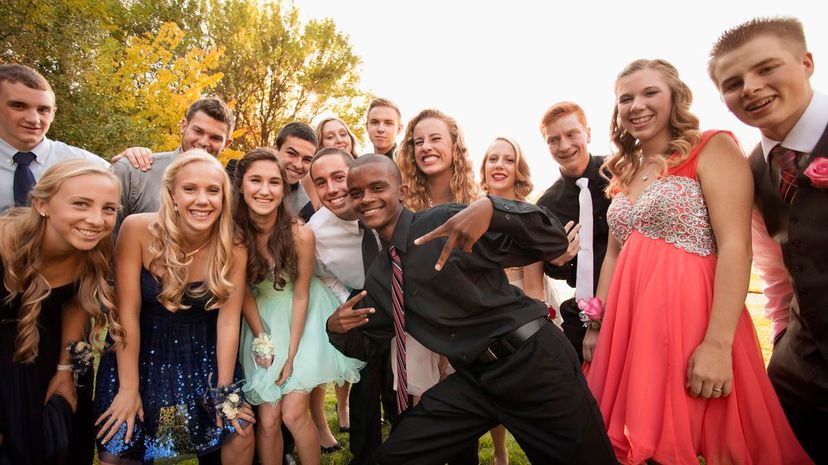
If you attended high school in the American south, you know all about homecoming. The king and queen are voted into their courts by their fellow students, and the opposing team's mascot is sometimes held hostage. It's all in the name of fun, though. As soon as the football game ends, it's returned.

The Super Bowl is football's most-watched game of the year, but it's not the biggest appeal about watching the ultimate championship. Advertisers spend up to $34 million to promote their products, including beer. During the Super Bowl, over 343,000,000 gallons of it are consumed!
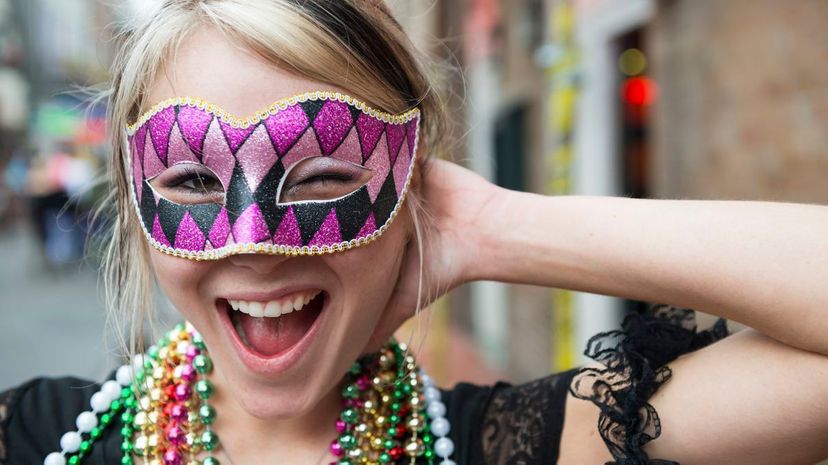
Fat Tuesday is the start of Mardi Gras and the day before Ash Wednesday. It's the last day to eat and party before the beginning of Lent, and it's commemorated with the infamous bead-throwing parades that take place in the French Quarter.
Advertisement
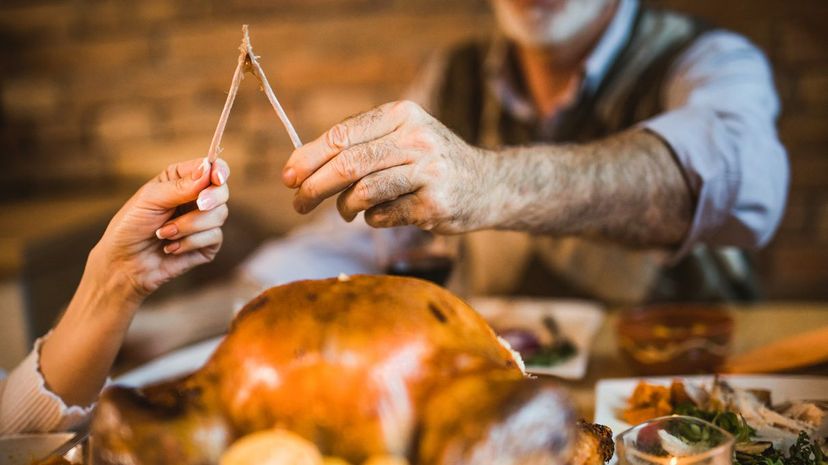
The ancient Etruscans believed that they could harness the divine energy from a chicken by preserving the wishbone. For Americans, the tradition involves a tug-of-war with the furcula. The person who gets the bigger portion of the wishbone gets to make a Thanksgiving wish.

One year after signing the Declaration of Independence, Congress passed a measure to include fireworks in the celebration. Although there are countless firework displays throughout the country, it's illegal to purchase them in many U.S. states.
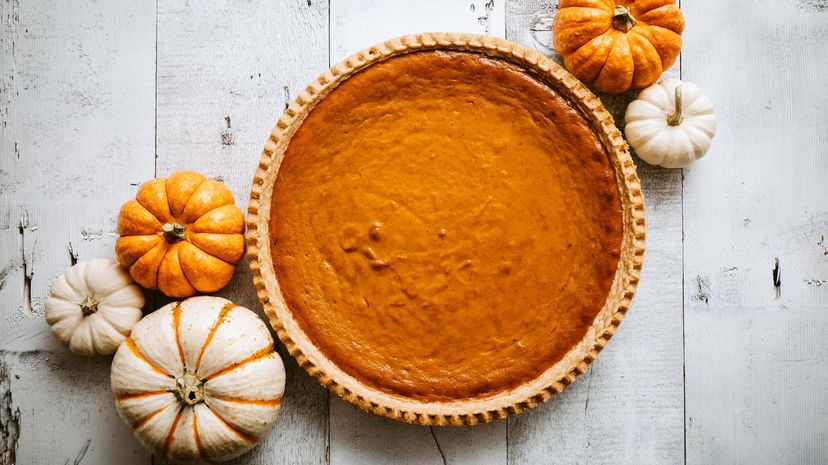
You can't experience an American autumn without seeing a few dozen pumpkin-flavored items. People are crazy about it! Although the first pumpkin pie wasn't served at the first Thanksgiving, historians believe that they did enjoy pumpkin soup.
Advertisement
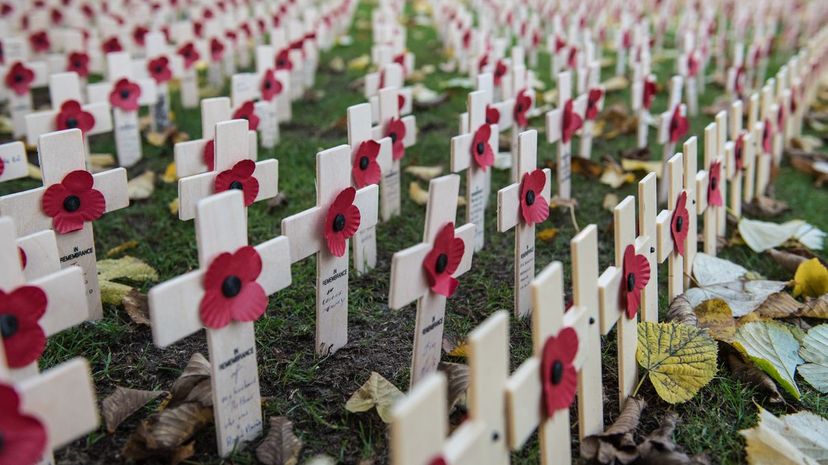
In the United States, Memorial Day is celebrated on the last Monday of May. The signature poppies that are often worn or sold as fundraisers for veterans originate in a poem called "Flanders Fields." Poppies were the first flowers to grow after battles took place, and it's legal to grow anything other than opium poppies in the U.S.
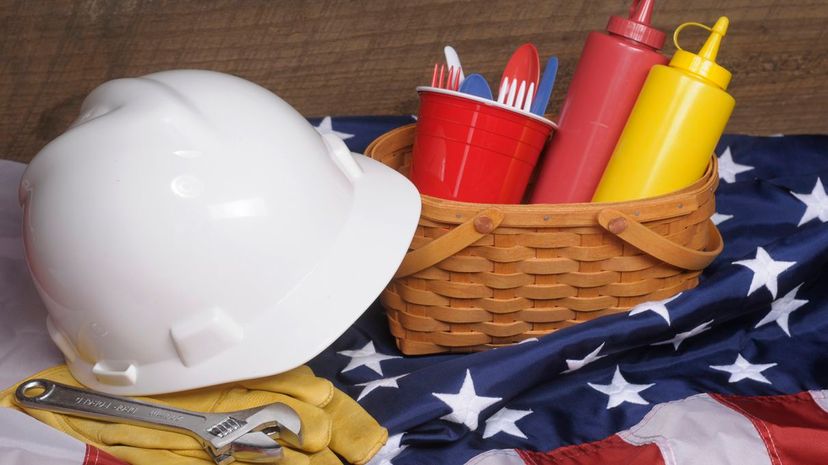
Since 1882, Labor Day has always fallen on the first Monday in September. Started by the labor union movement, Oregon became the first state to celebrate it. Other countries, like Canada, also celebrate.

New York's Big Ball has undergone a lot of transformations since its debut in 1907. One hundred years later, a billion people tune in to watch the ball drop. Now made from 2,688 Waterford Crystal triangles, it's on display throughout the holiday season.
Advertisement

Written by Francis Scott Key as he watched a battle at a Maryland fort, "The Star-Spangled Banner" is one of the nation's most sacred songs. When you hear it, you should stop any distracting behavior and face the flag.

Americans get to thank Thomas Edison for figuring out to make Christmas lights that blink. It's unknown who figured out how to make a set of them cost less than $300 as they did in the early 1900s, but Americans are thankful for that person, too.

In Mexico, Cinco de Mayo is a quiet day spent with your family. Cross the border into the U.S., and it's a whole different matter! During the Civil War, Mexico was forced to fight the French's plot to overthrow the Confederate Army. May 5th is the celebration of the victory against them.
Advertisement

Coffee can be made cheaper at home, but Americans drink more coffee on the go than any other country in the world. While 66% of women have up to 3.1 cups a day, only 62% of men have picked up the habit.
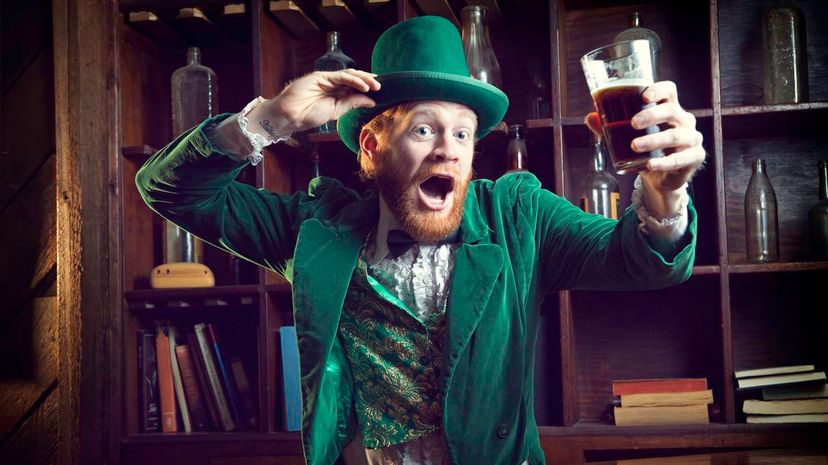
Celebrating St. Patrick's Day in Northern Ireland is similar to celebrating it in the United States, but you won't find green beer on that side of the Atlantic. Americans don't get the day off, but they do pinch one another for forgetting to wear green and drink plenty of green-tinted ale.

Fruitcakes became popular after a Texas bakery started making them in 1913. Although they sell over 50 million of them every year, fruitcakes are among the least eaten of the traditional American holiday foods. In fact, the term "fruitcake" is often used to describe someone who's a bit nutty.
Advertisement
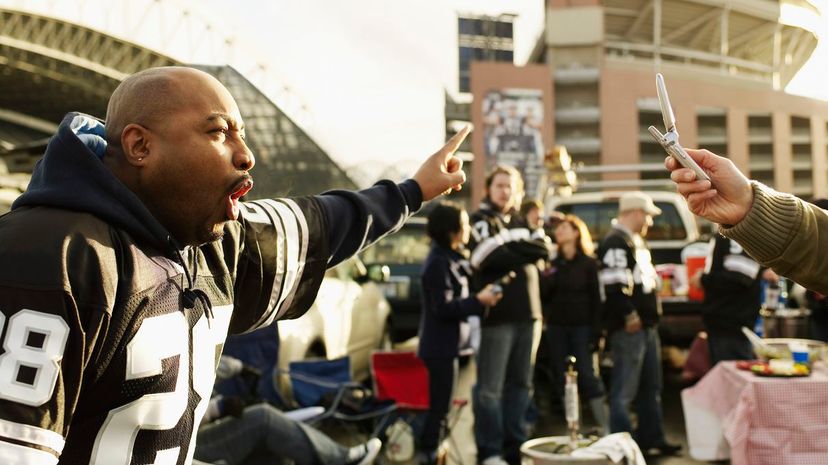
From infants to the elderly, everyone is welcome to come to a tailgate party. As long as you have team spirit to share, you're welcome to include yourself at any pre-game, parking lot event.
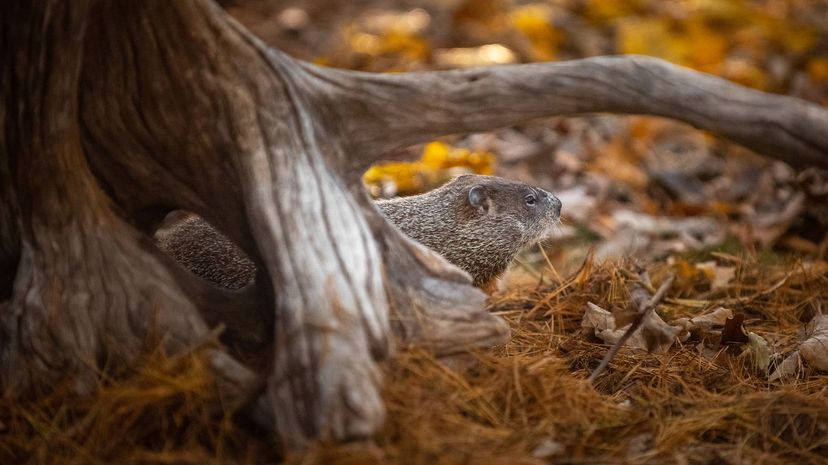
Every Feb. 2, Americans turn their focus toward a groundhog named Punxsutawney Phil. Loosely modeled after the pagan tradition of Candlemas, Phil's shadow, or lack of shadow, predicts whether or not there will be six more weeks of winter.

In the United States, baby shower gifts total up to the third most spent on any gift-giving holiday. China and India spend more, though. Mothers are showered with gifts for the babies they are carrying.
Advertisement

There is nothing more exciting than high school prom! High school students dress up in elaborate gowns and tuxedos and dance the night away after going out for a meal. You might find a few chaperones, but parents generally do not attend.
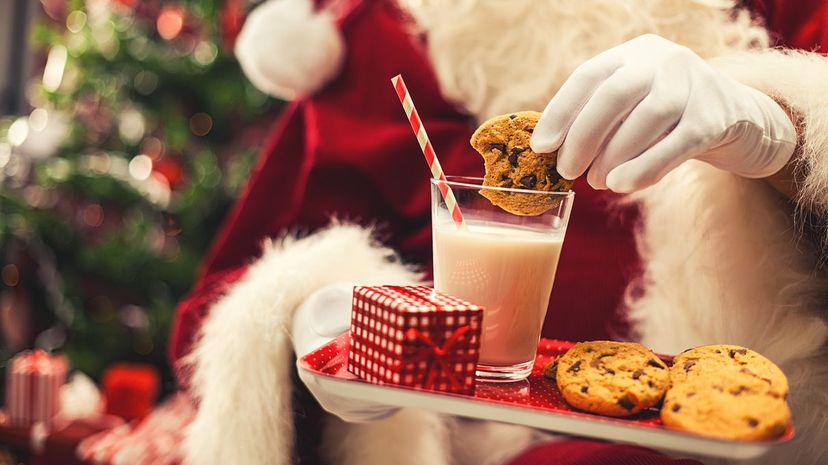
The United States is home to the first artificial Christmas tree and unparalleled Christmas spirit. Although it shares many of its traditions with other countries, Christmas crackers are more of a British thing, but they are starting to gain popularity in the U.S.
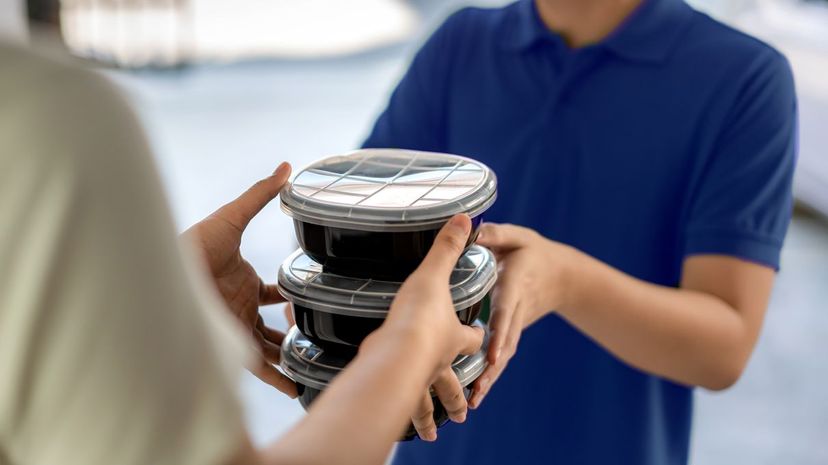
Any trip to a steakhouse will clue into the enormous portion size found on America's plates. France liked the idea of reducing waste so much that it also adopted the idea. It's considered flattering to the chef for patrons to want to take home their leftovers.
Advertisement

During the 2016 elections, the campaign season broke all the records by lasting for a whopping 18 months! As long as you register by your state's deadline and you are over the age of 18 and an American citizen, you are permitted to vote.

American workdays start earlier than many other places in the world, and American school children are usually home by 4 p.m. No one is really sure why Americans eat earlier than most other countries, but the evening news has nothing to do with it.

Martin Luther King Jr.'s iconic dream involved human compassion and justice, but it's not associated with the American Dream. It would be a nice addition, but the American Dream is focused more on success, the upward mobility of younger generations and wealth.
Advertisement
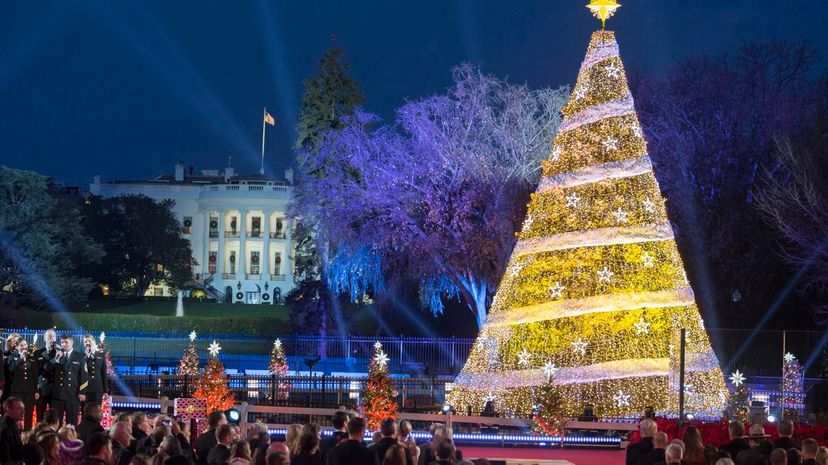
With the exception of 1902 when no tree was available for Theodore Roosevelt's ceremony and a couple of other instances, the White House tree has been erected for 98 years. It's lit up every day at approximately 4:30 p.m.
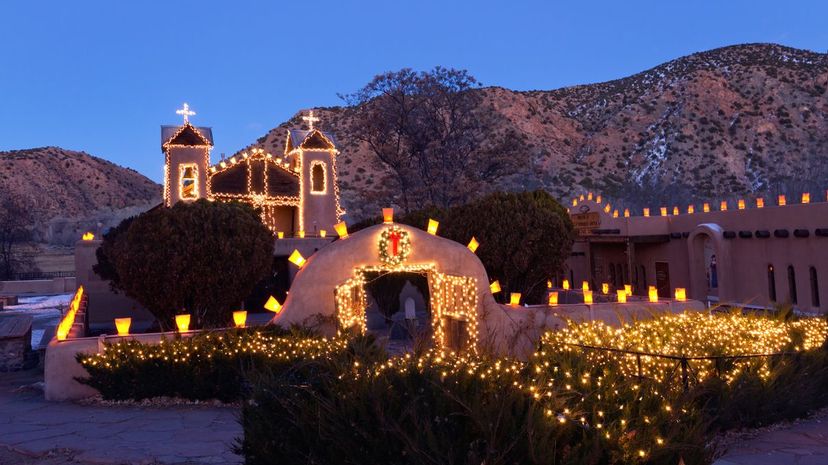
In the American Southwest, you'll see paper luminarias lining sidewalks around Christmas time. Associated with the New Mexican tradition of lighting the way to Christmas mass or a holiday bonfire, they add a special touch.
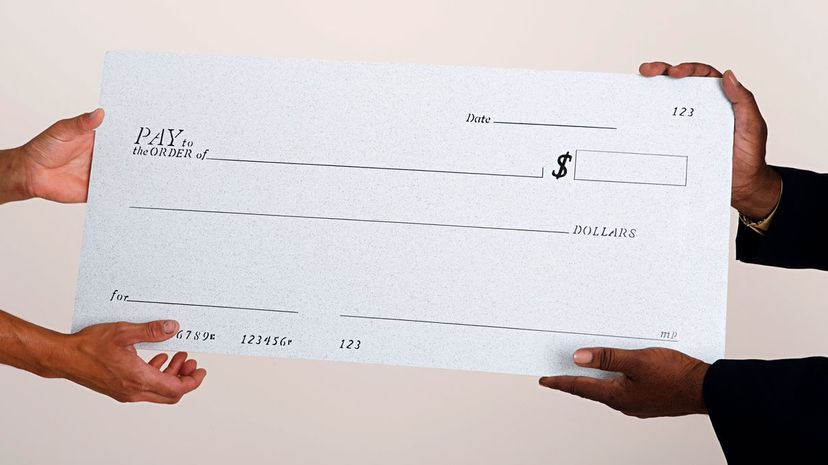
Since 2012, Giving Tuesday has been a huge score of all sorts of American charity organizations. On the Tuesday after Thanksgiving, millions of shoppers shop with a purpose. From fundraisers to percentages donated, it's a great way to feel good about holiday gift shopping.
Advertisement

Created as a way for online retailers to keep up with big-box stores on Black Friday, Cyber Monday is the busiest shopping day in both the U.S and the U.K. Unlike Black Friday, Cyber Monday's peak sales take place around 11:30 a.m.

Boxing Day is not yet an American tradition, but Americans are not one to miss out on a paid day off. Recently, more and more people have been wanting to include the British tradition. Who could argue with not having to work on the day after Christmas?